The human body is a marvel of biological engineering, with anywhere from 650 to over 800 muscles working together to enable movement, stability, and function. While every muscle plays a role, some are undeniably more critical than others. Whether you're an athlete, a fitness enthusiast, or someone simply looking to improve their health, understanding the most important muscles in your body can help you prioritize your workouts and maintain optimal physical function.
In this article, we’ll explore the most important muscle groups, their functions, and why they deserve your attention. We’ll also answer the question: What is the most important muscle in the body?
The Most Important Muscle in the Body
Before diving into specific muscles, it’s worth noting that the heart is technically the most important muscle in the body. As an involuntary muscle, it tirelessly pumps blood to keep you alive. However, since it operates automatically, we’ll focus on voluntary muscles—those you can control and train.
Here are the top 5 most important muscles to workout, according to physical therapists and fitness experts:
1. The Diaphragm: The Breath of Life
The diaphragm is a dome-shaped muscle located beneath your rib cage. It’s essential for breathing, as it contracts and relaxes to allow air to fill your lungs. But its role doesn’t stop there—the diaphragm also contributes to core stability.
When functioning properly, the diaphragm helps stabilize your spine during movement. Dysfunction, however, can lead to poor breathing patterns, shoulder tension, and even back pain. Strengthening and training your diaphragm through deep breathing exercises can improve both respiratory and spinal health.
Why it’s important: Proper diaphragm function ensures efficient breathing and core stability, making it one of the most used muscles in daily life.
2. Gluteus Maximus: The Powerhouse of Movement
The gluteus maximus is the largest muscle in the body and a key player in lower body mechanics. It’s responsible for hip extension, which is essential for walking, running, and rising from a seated position.
Weakness in the gluteus maximus can lead to poor posture, lower back pain, and even knee or hip issues. Strengthening this muscle through exercises like squats, deadlifts, and lunges is crucial for overall mobility and injury prevention.
Why it’s important: A strong gluteus maximus supports proper movement mechanics and reduces the risk of lower extremity injuries.
3. Gluteus Medius: The Stabilizer of the Pelvis
Located beneath the gluteus maximus, the gluteus medius plays a critical role in pelvic stability. It prevents excessive pelvic movement during walking or running, ensuring proper alignment of the lower body.
Weakness in the gluteus medius can lead to imbalances, altered gait patterns, and even contribute to lower back pain. Exercises like side-lying leg lifts, clamshells, and single-leg squats can help strengthen this vital muscle.
Why it’s important: A strong gluteus medius maintains pelvic stability and prevents compensatory movements that can lead to injury.
4. Lower Trapezius: The Posture Protector
In today’s sedentary world, poor posture is a common issue. The lower trapezius, a muscle in the upper back, plays a key role in maintaining proper posture by stabilizing the shoulder blades (scapulae).
Weakness in the lower trapezius can cause the shoulder blades to tilt forward, leading to rounded shoulders and neck pain. Strengthening this muscle through exercises like rows, face pulls, and scapular retractions can improve posture and reduce discomfort.
Bonus: The pectoralis minor, a small chest muscle, often becomes tight in individuals with poor posture. Stretching this muscle is essential to allow the lower trapezius to function effectively.
Why it’s important: A strong lower trapezius promotes proper posture and shoulder mechanics, reducing the risk of upper body pain.
5. Transverse Abdominis: The Built-In Back Brace
The transverse abdominis is a deep core muscle that acts like a natural corset, providing stability to the lower back. It activates before any movement to protect the spine and maintain proper alignment.
Weakness or delayed activation of the transverse abdominis has been linked to chronic lower back pain. Strengthening this muscle through exercises like planks, bird-dogs, and pelvic tilts can improve core stability and reduce the risk of back injuries.
Why it’s important: A strong transverse abdominis is essential for spinal stability and injury prevention.
Most Important Muscles to Workout: A Summary
While every muscle in the body has a role to play, the most important muscles to train are those that contribute to overall stability, mobility, and posture. Prioritizing these muscles in your workouts can help you move better, reduce pain, and prevent injuries.
Here’s a quick recap of the most important muscle groups to focus on:
-
Diaphragm – For breathing and core stability.
-
Gluteus Maximus – For hip extension and lower body strength.
-
Gluteus Medius – For pelvic stability and alignment.
-
Lower Trapezius – For posture and shoulder health.
-
Transverse Abdominis – For core stability and back support.
Final Thoughts
Understanding the most important muscles in your body is the first step toward optimizing your fitness routine and overall health. By focusing on these key muscle groups, you can improve your posture, enhance your movement mechanics, and reduce the risk of injury.





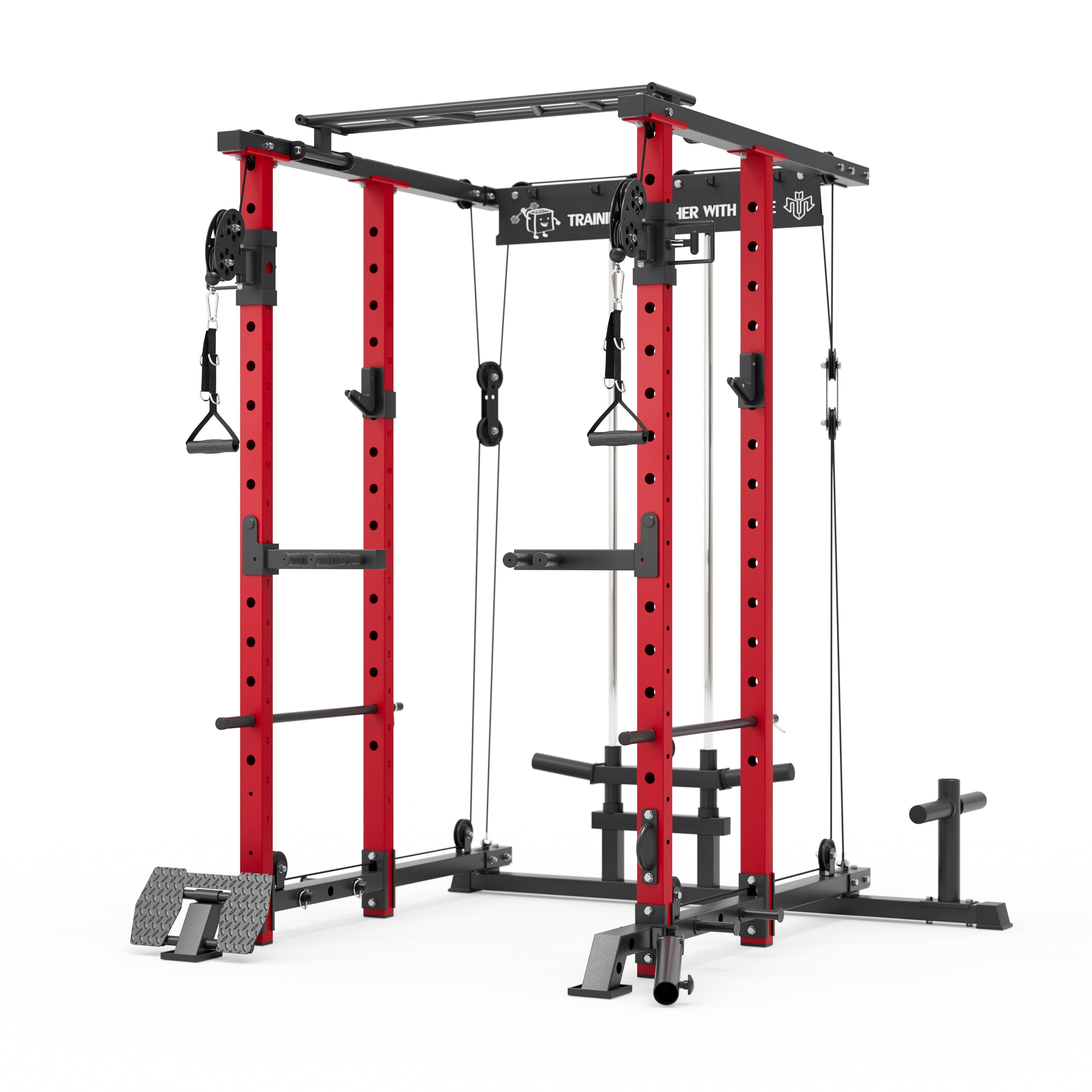
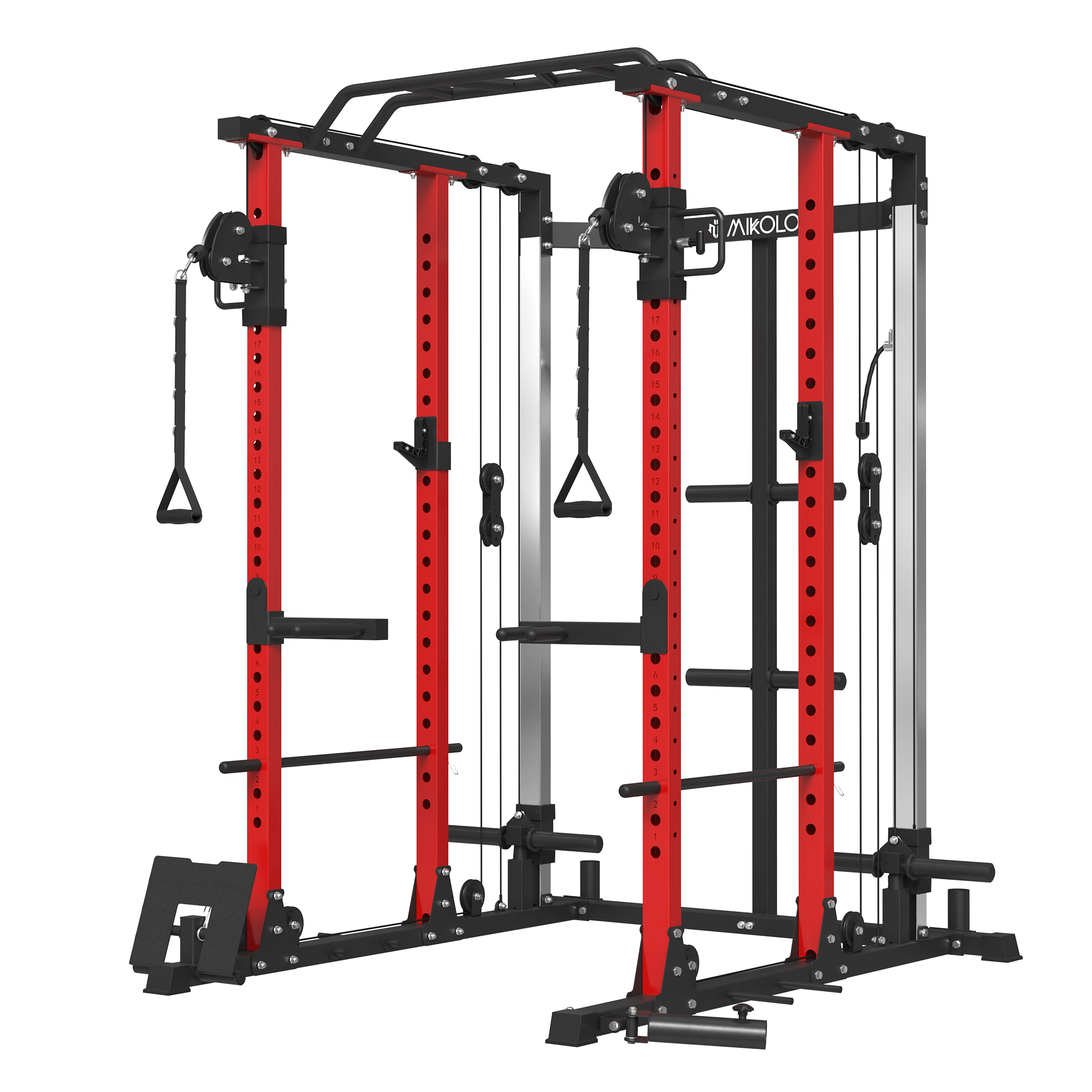

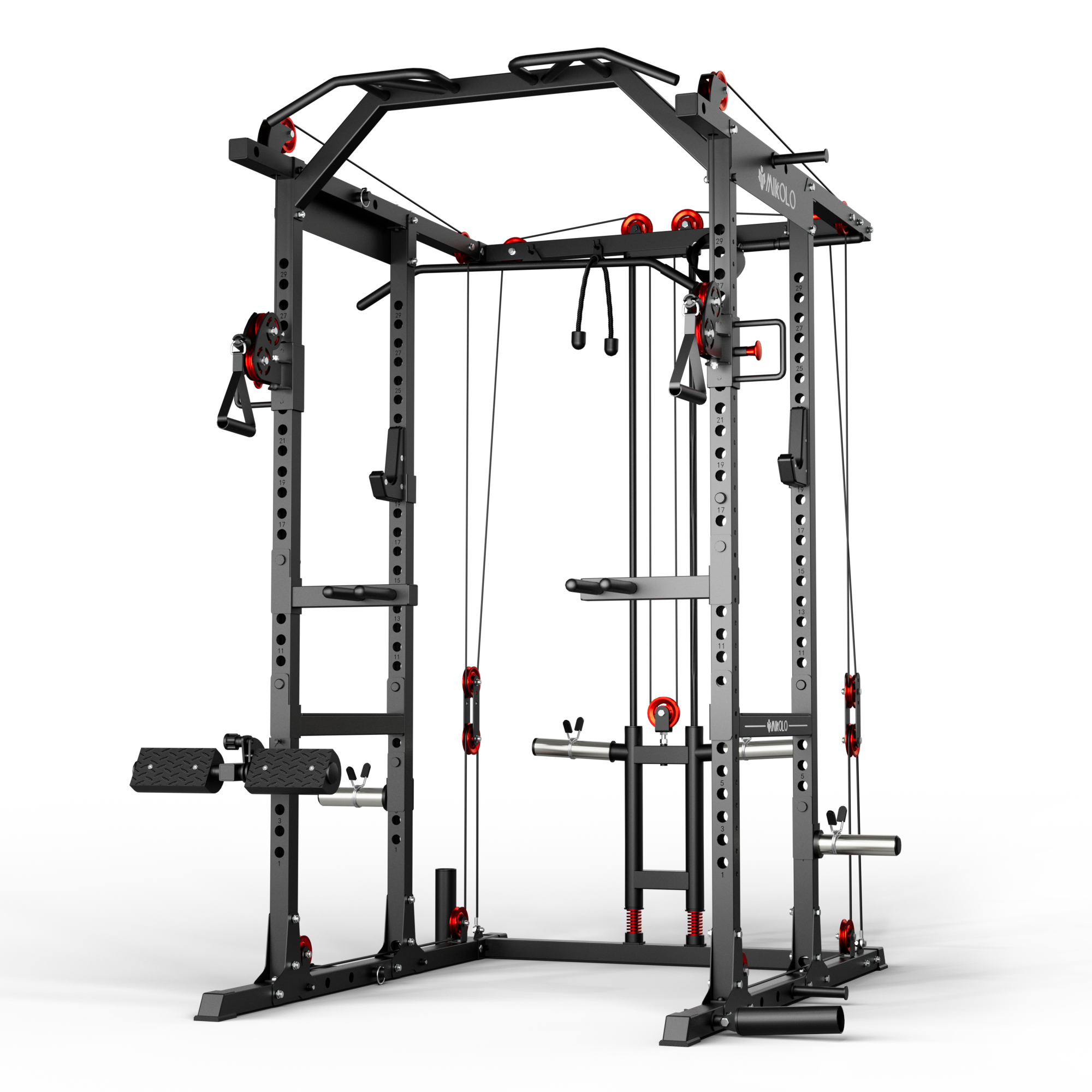
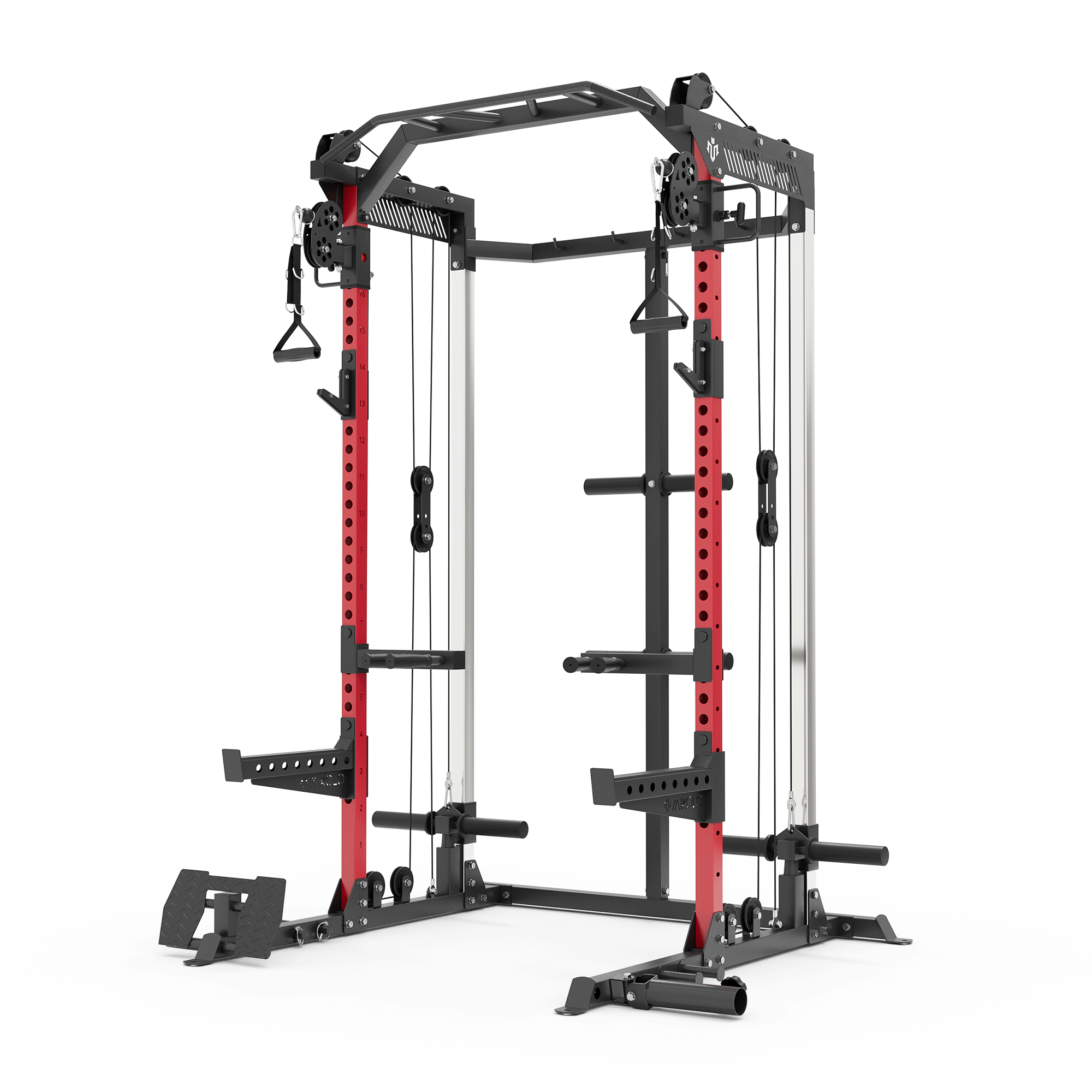
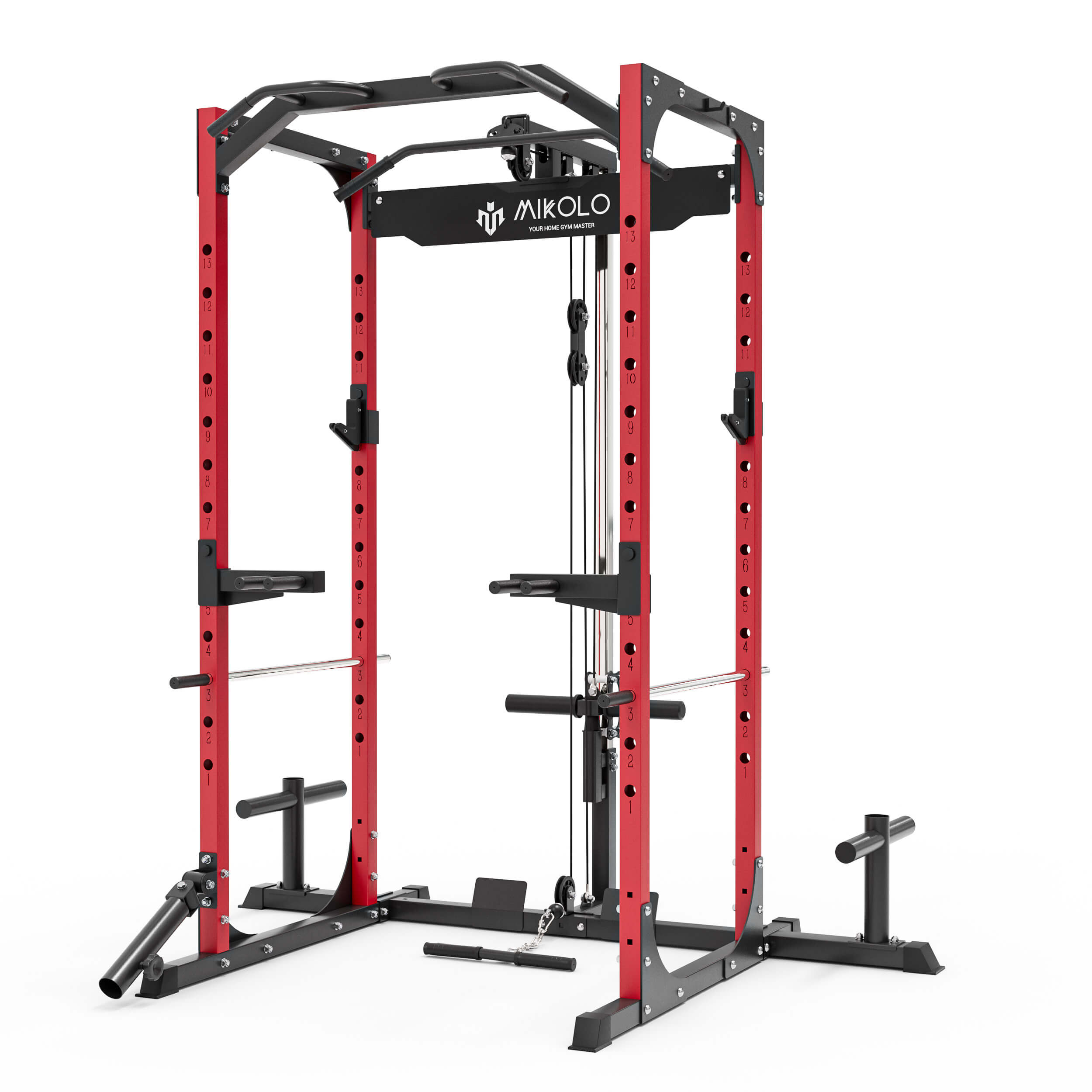




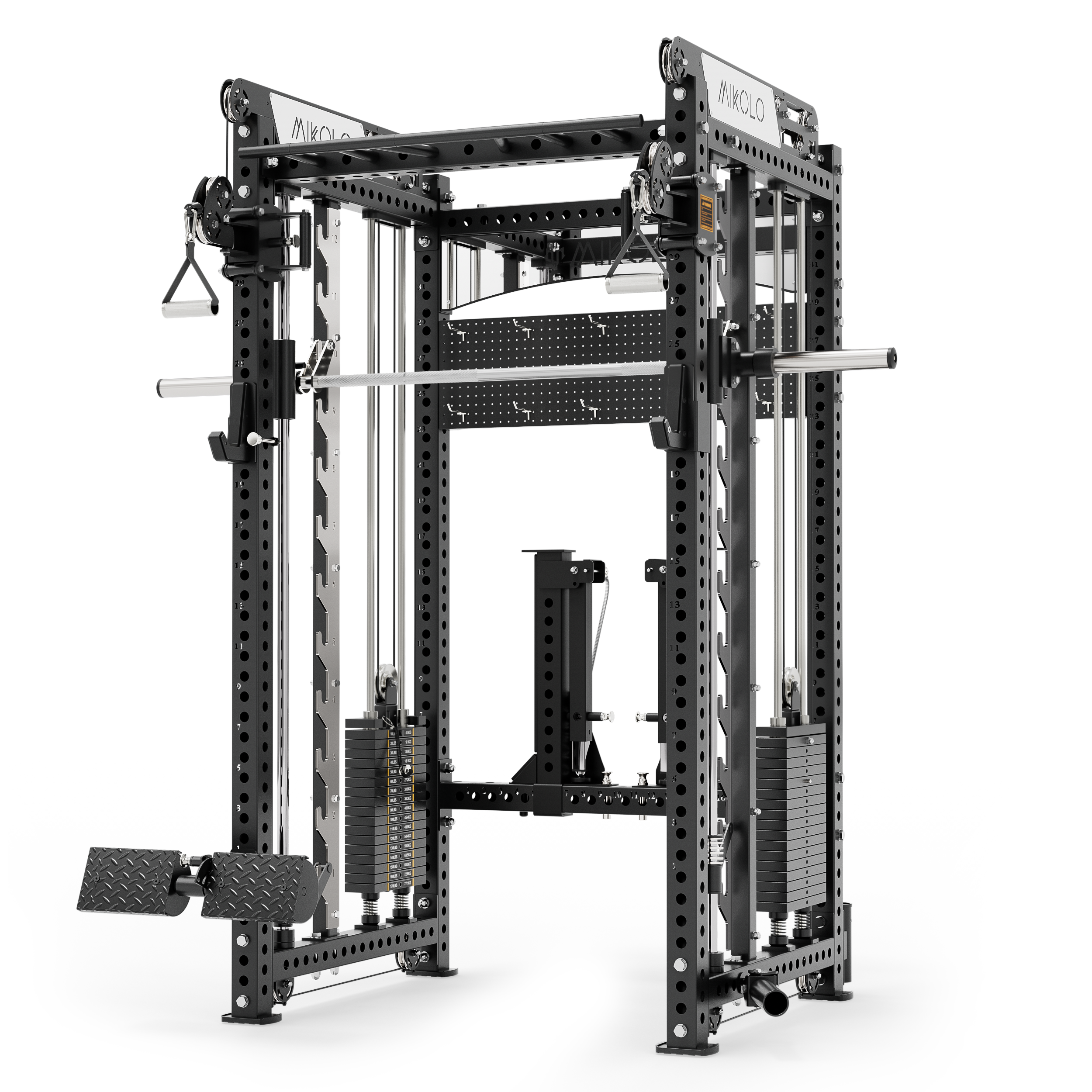
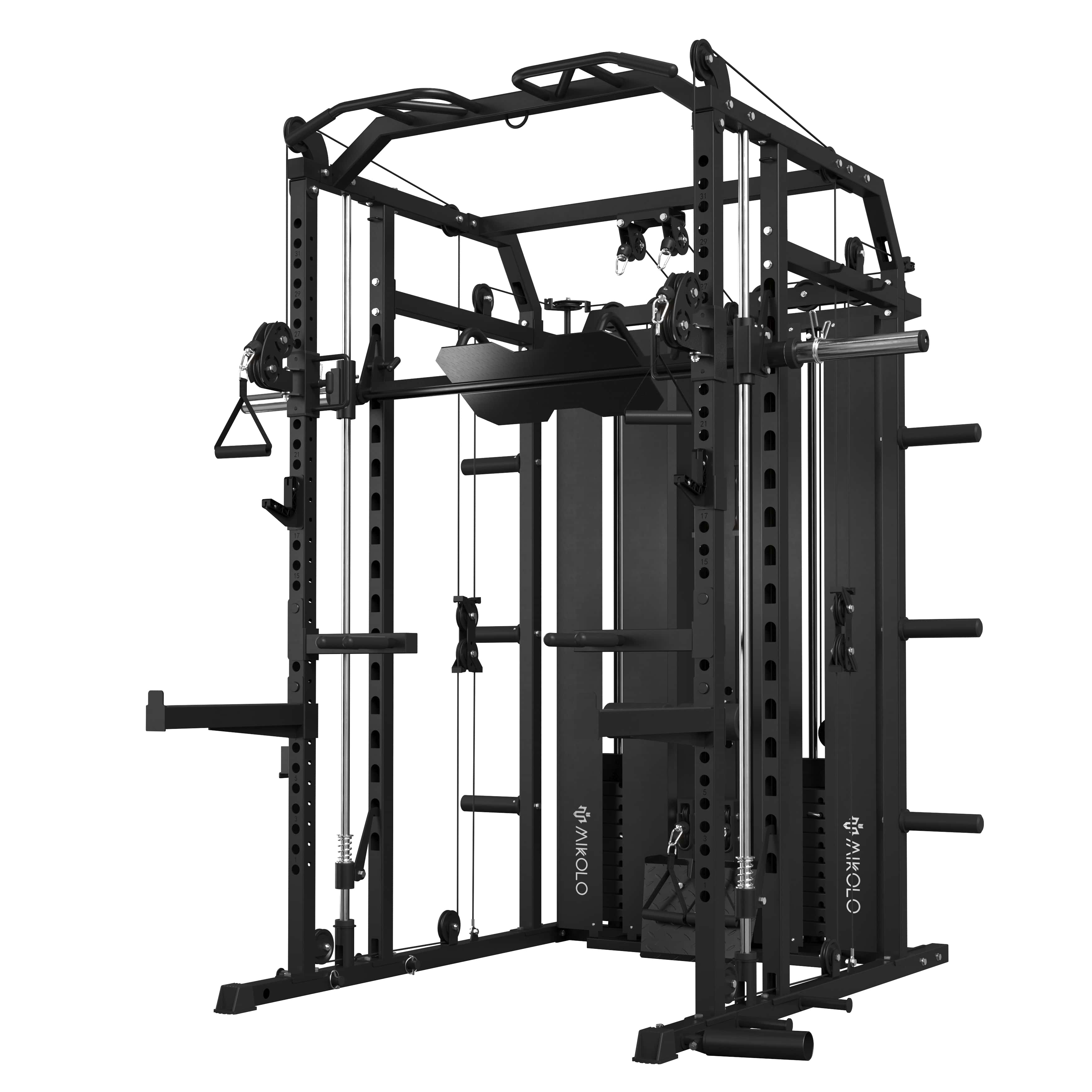
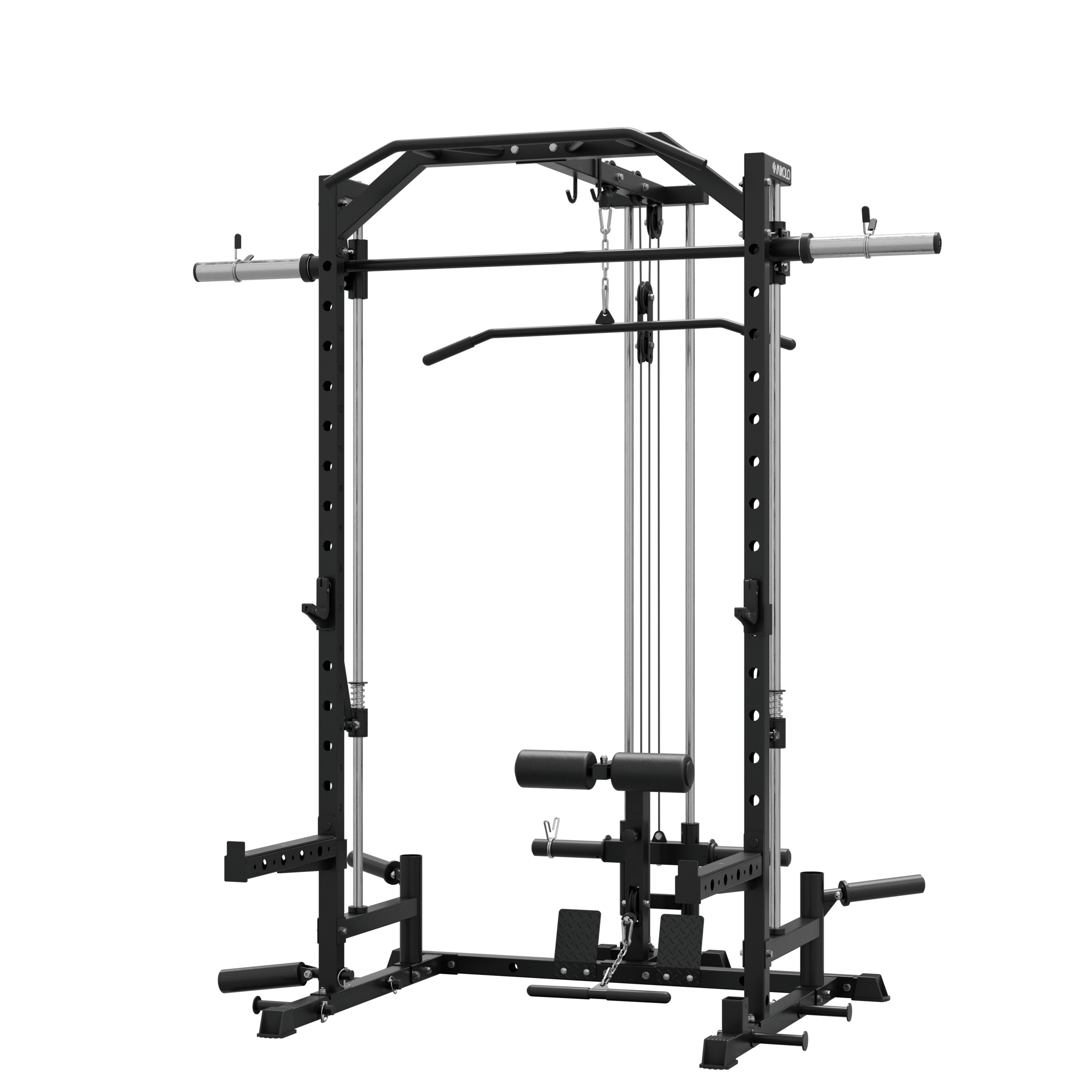
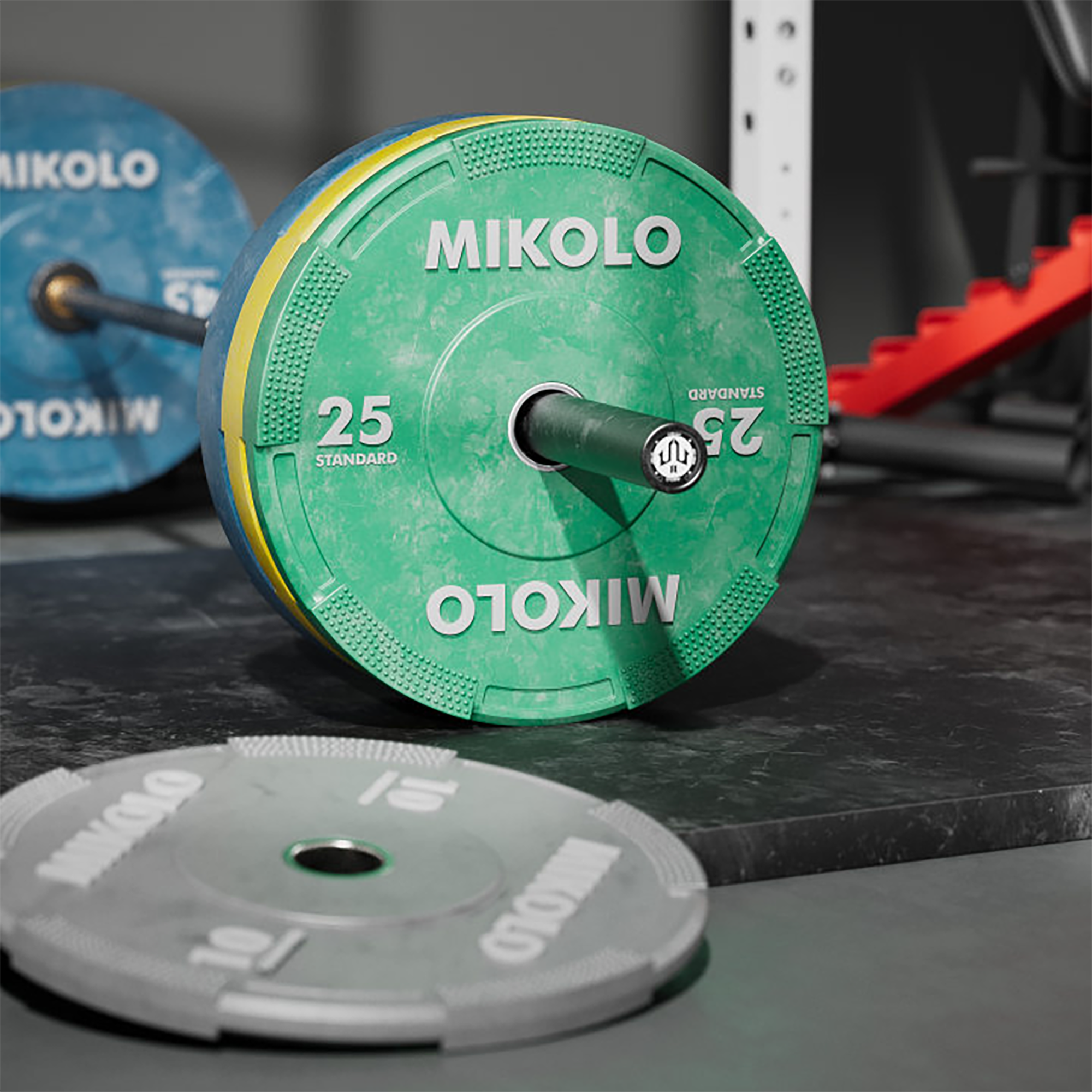


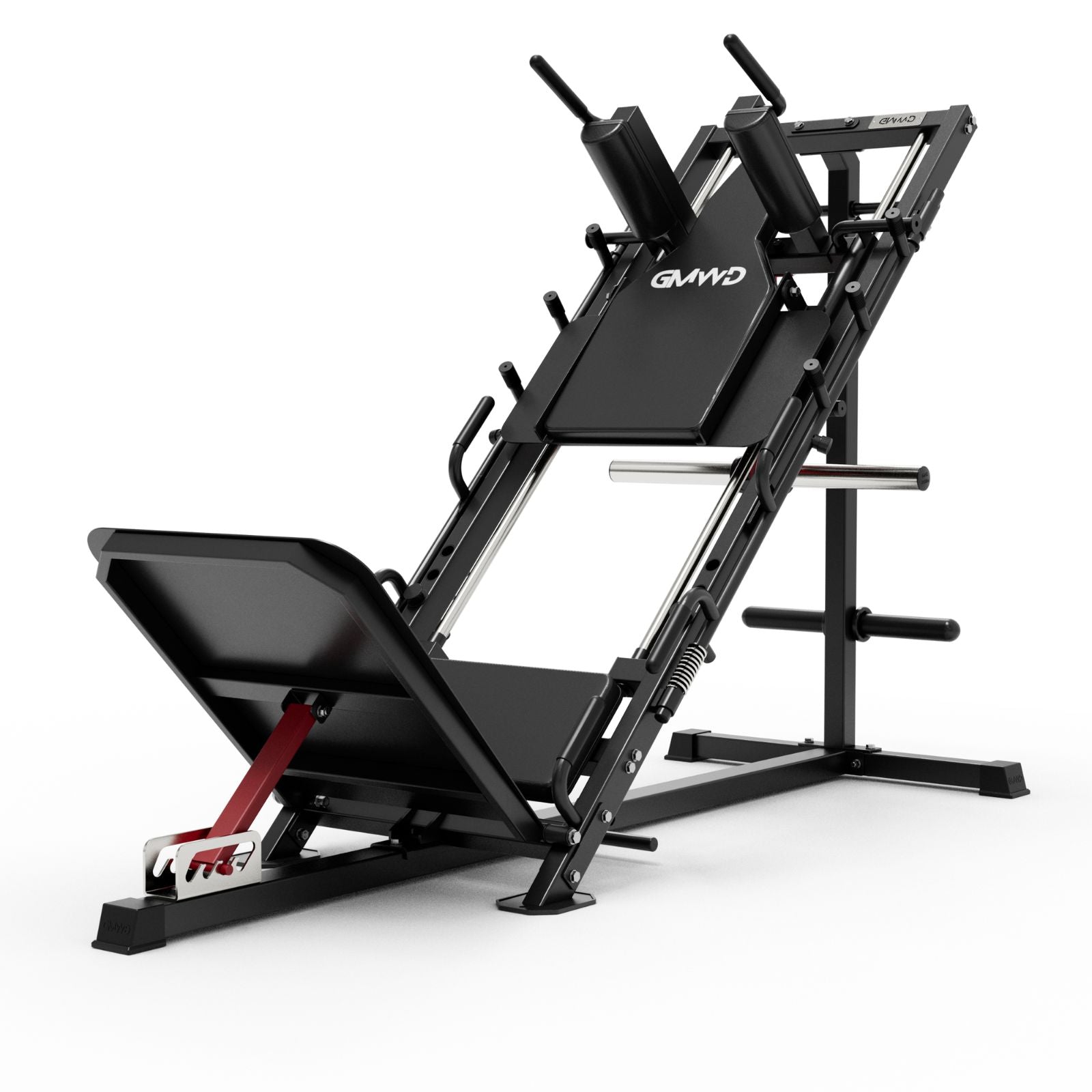


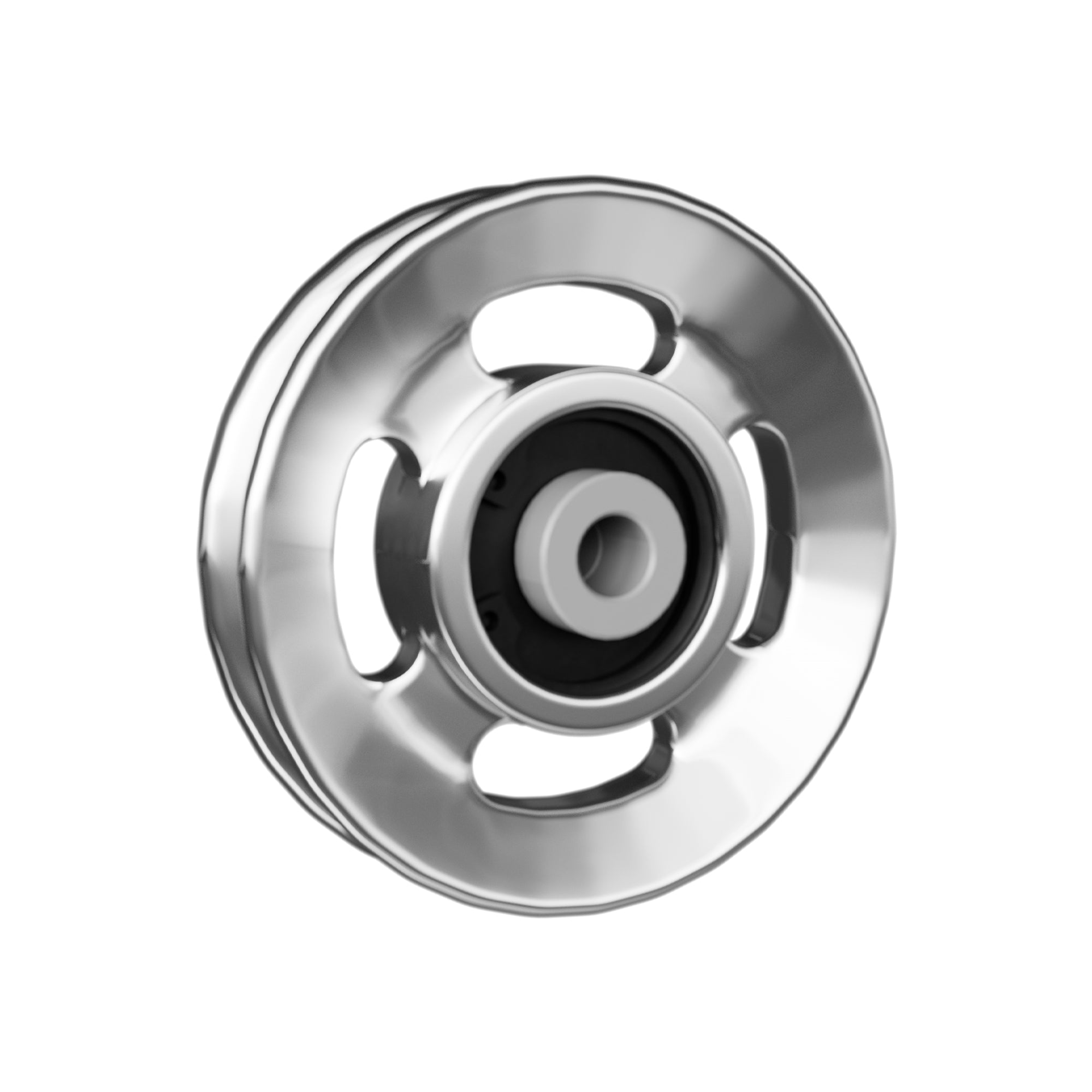
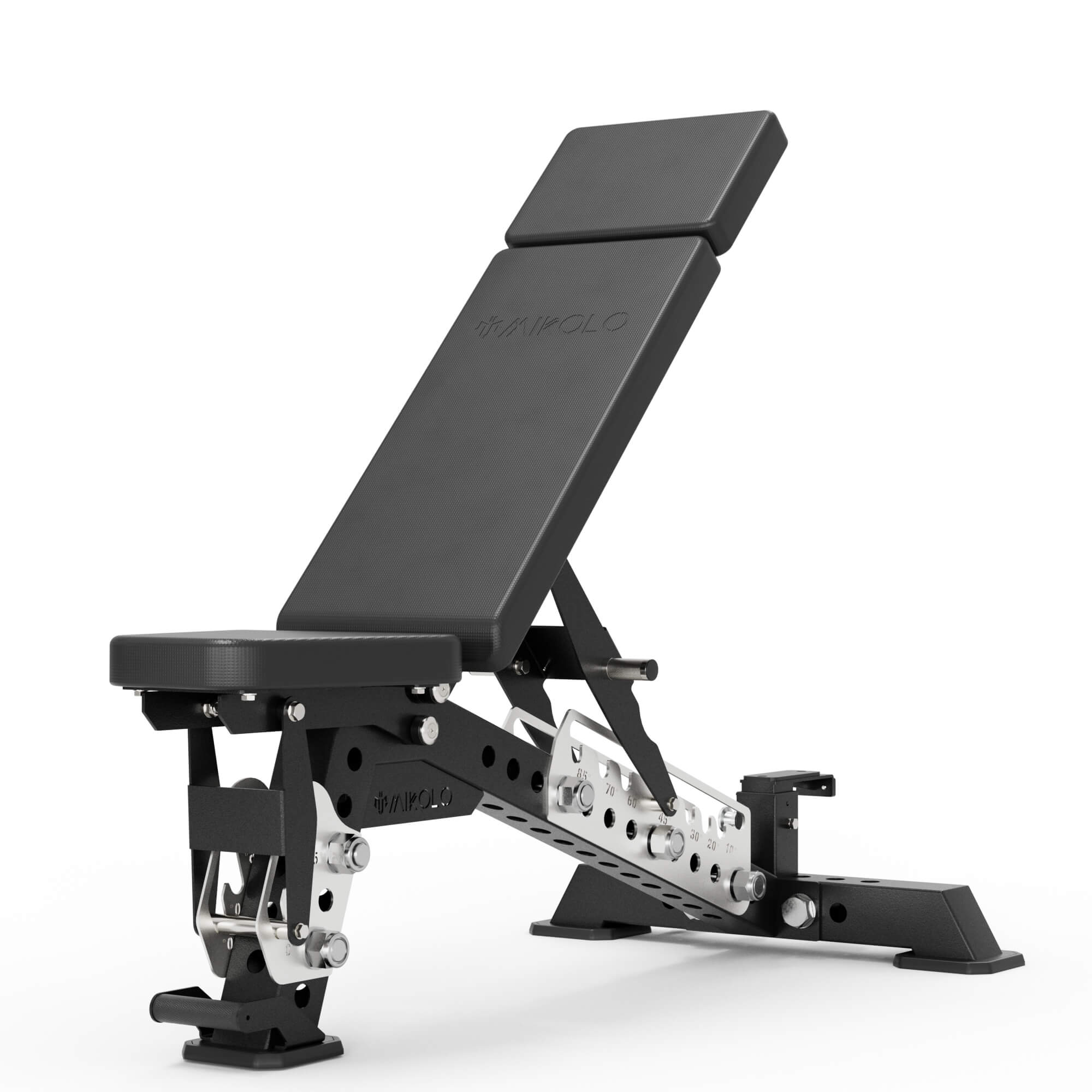
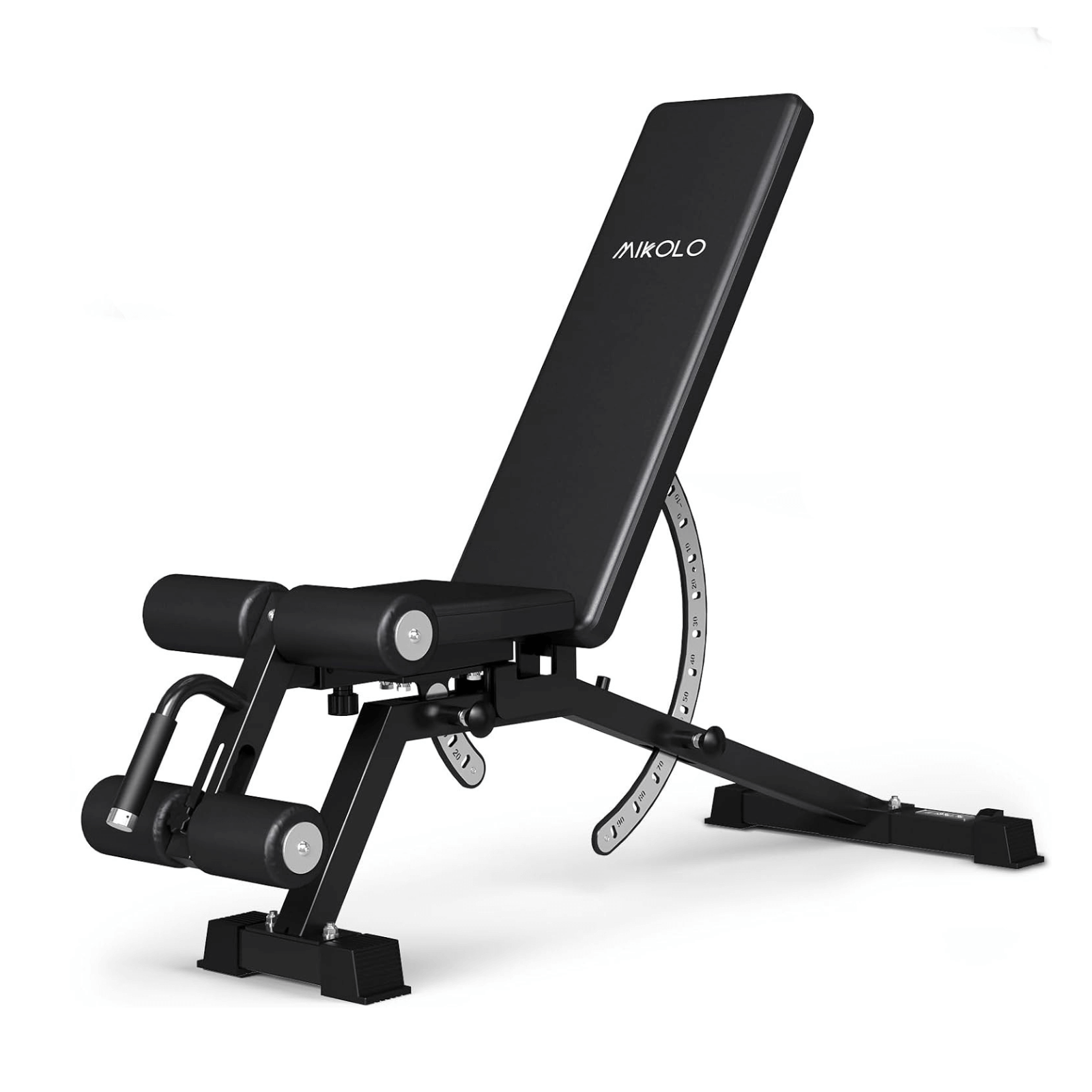

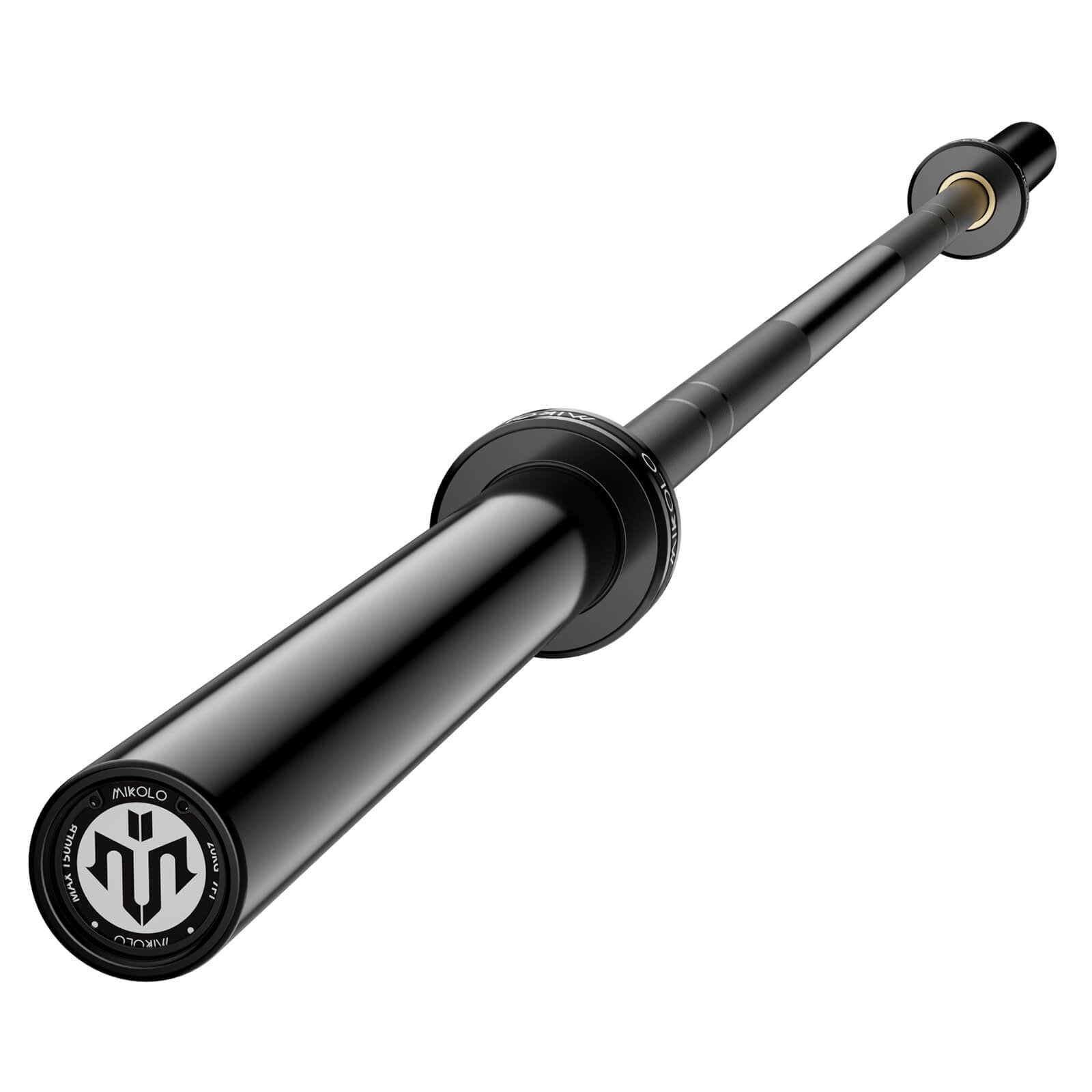
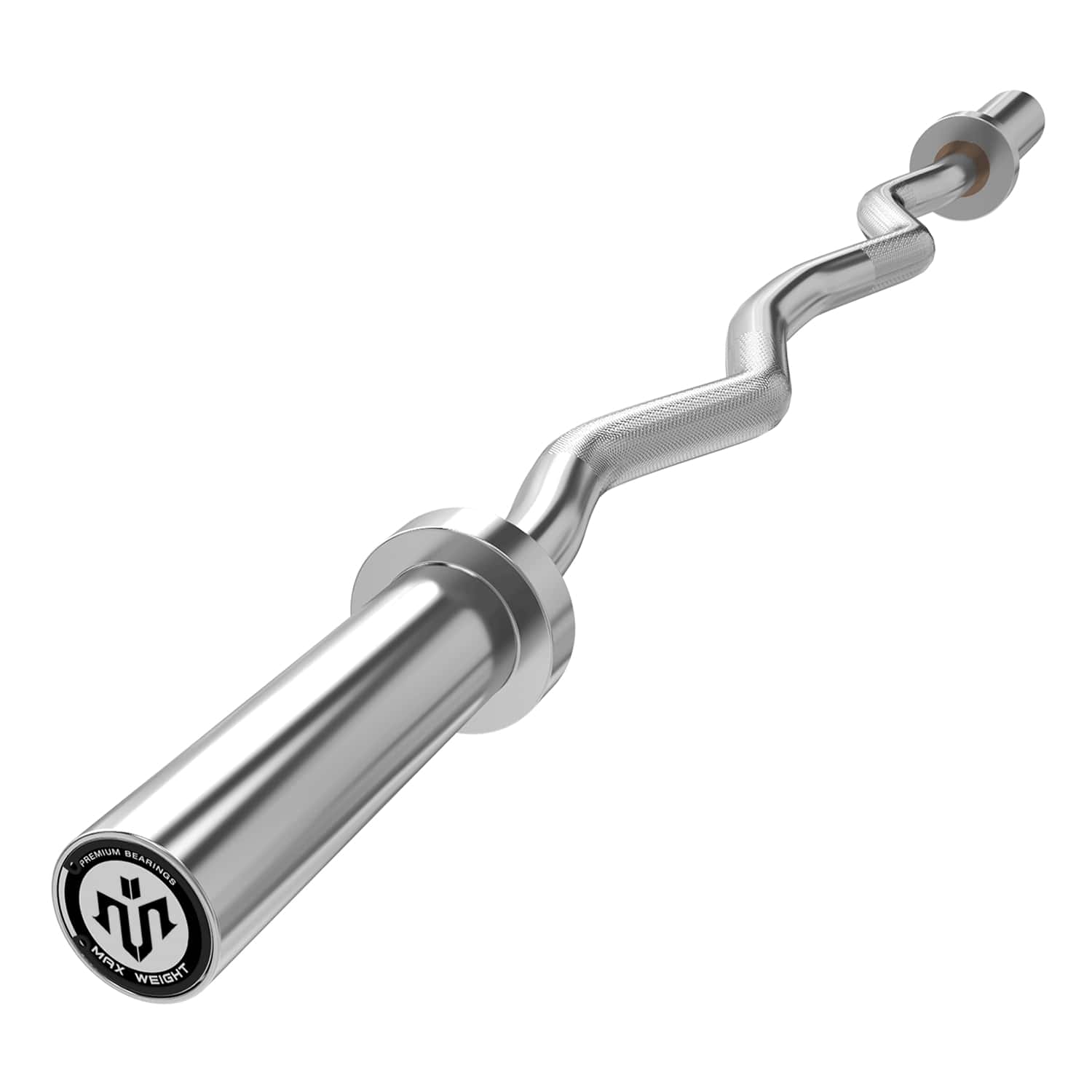
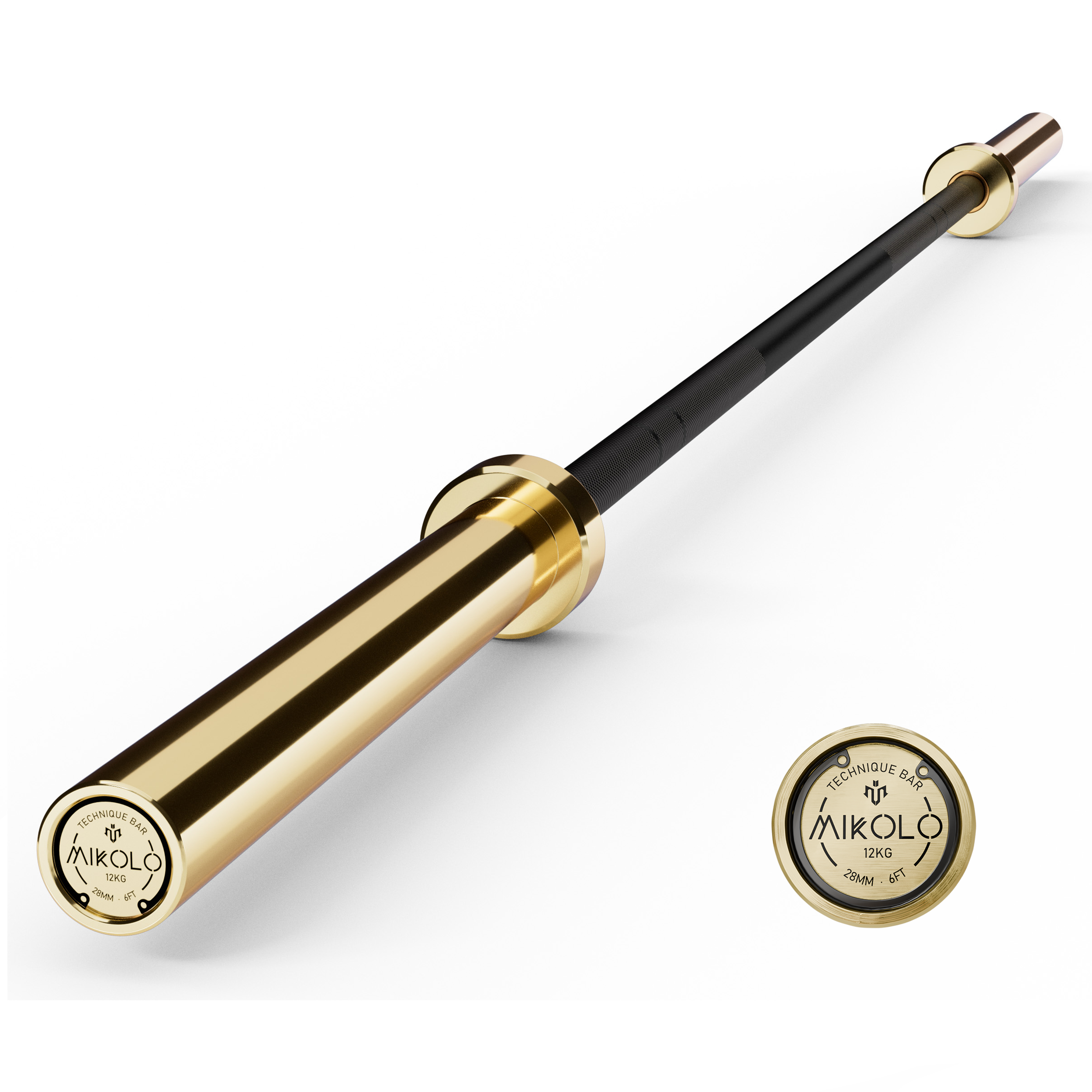
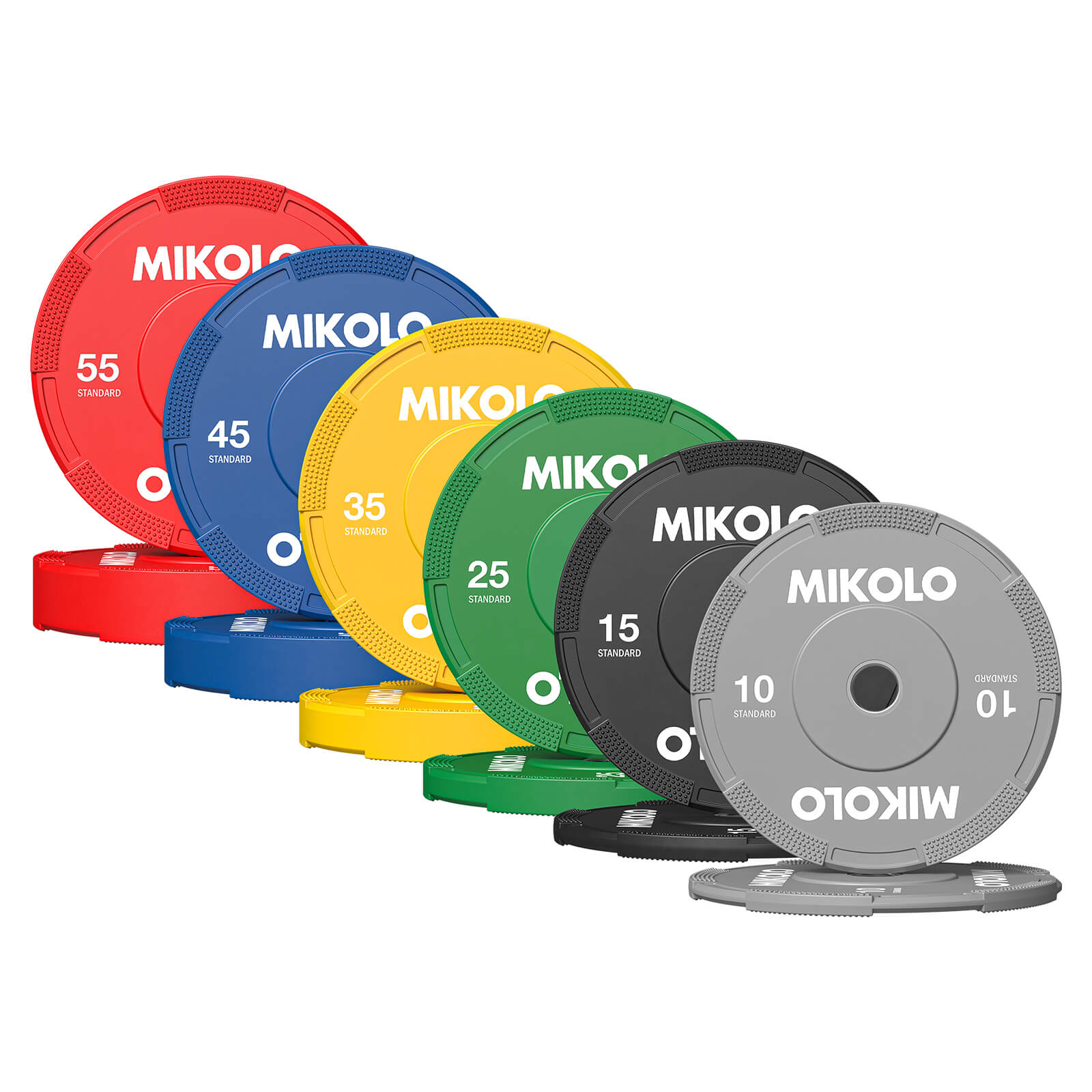
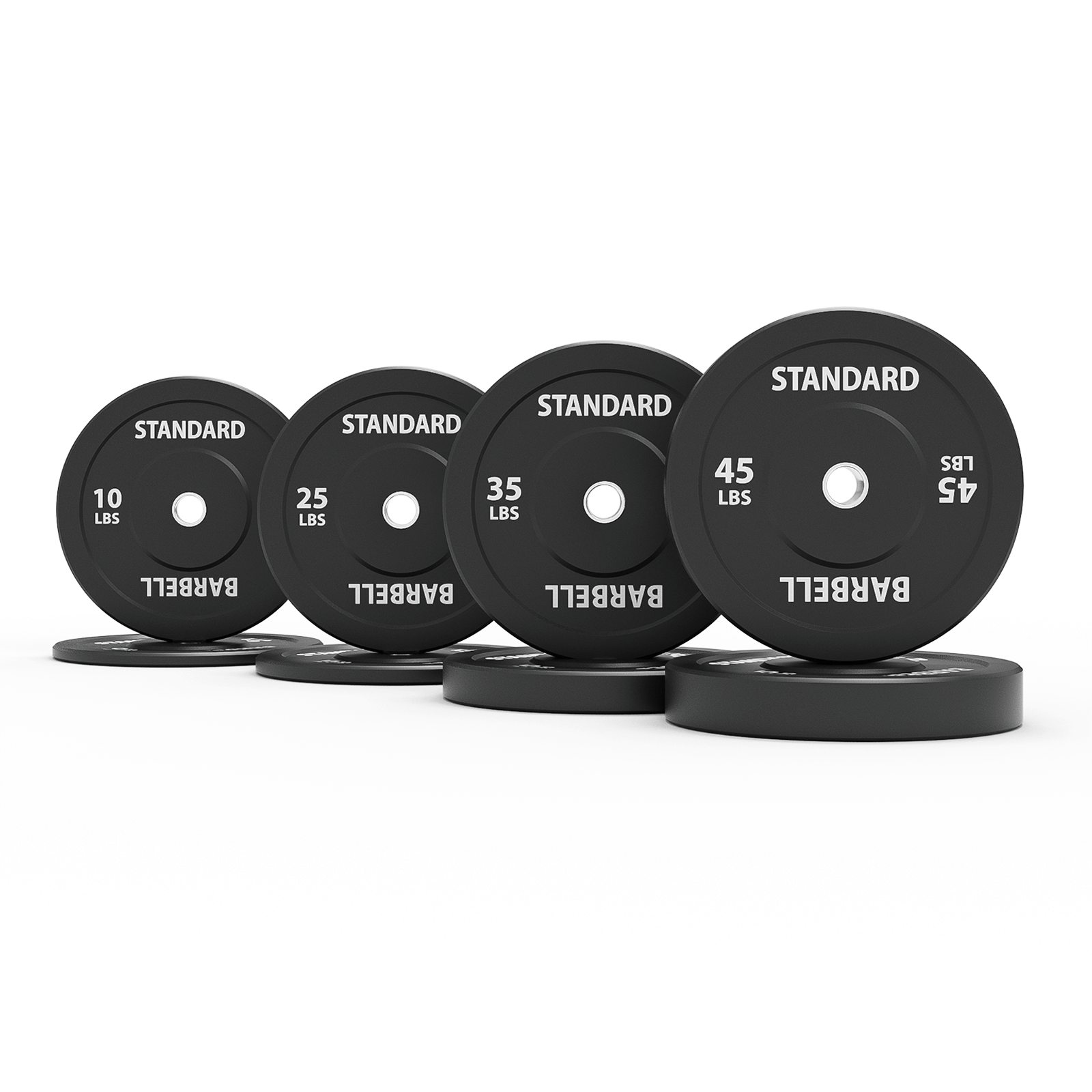


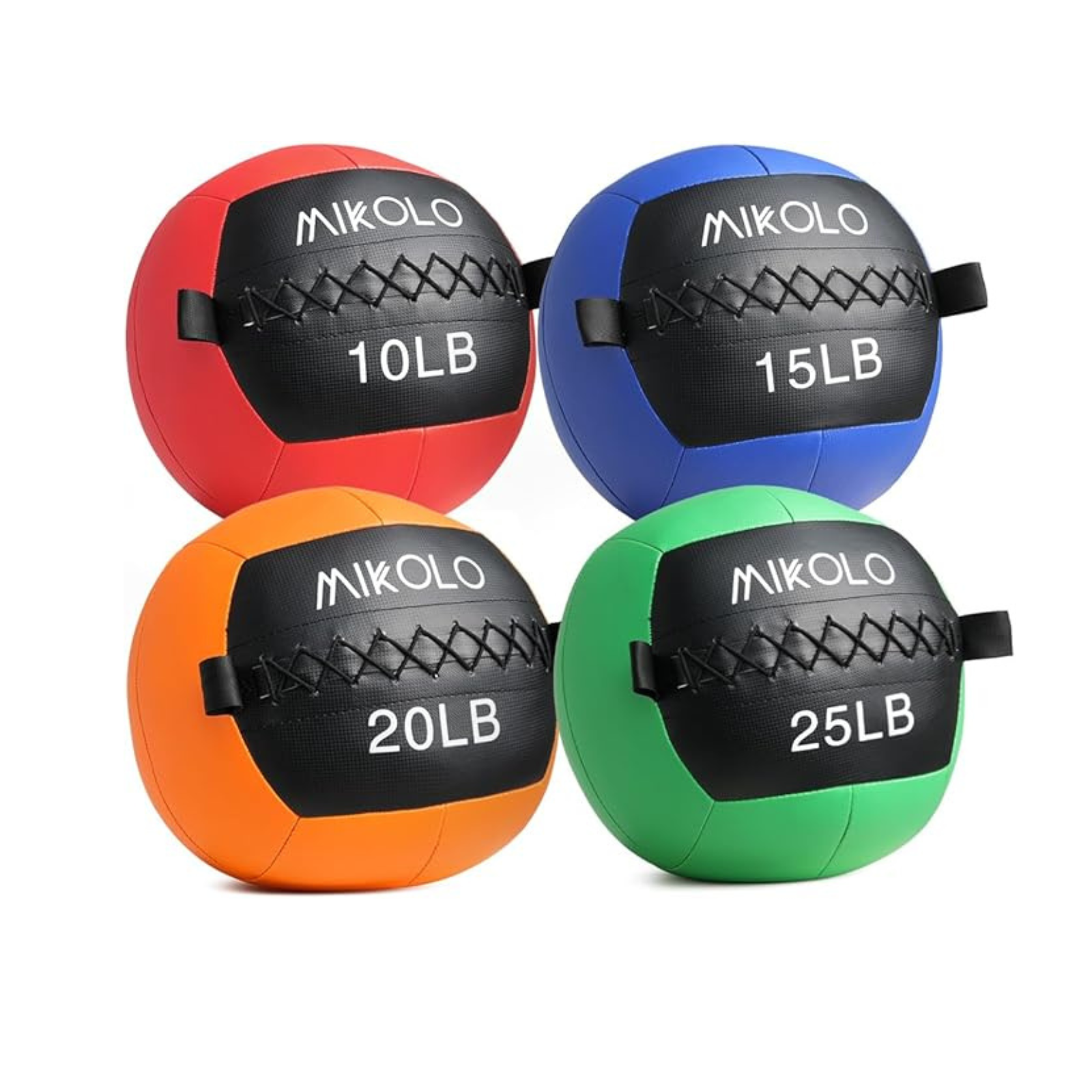
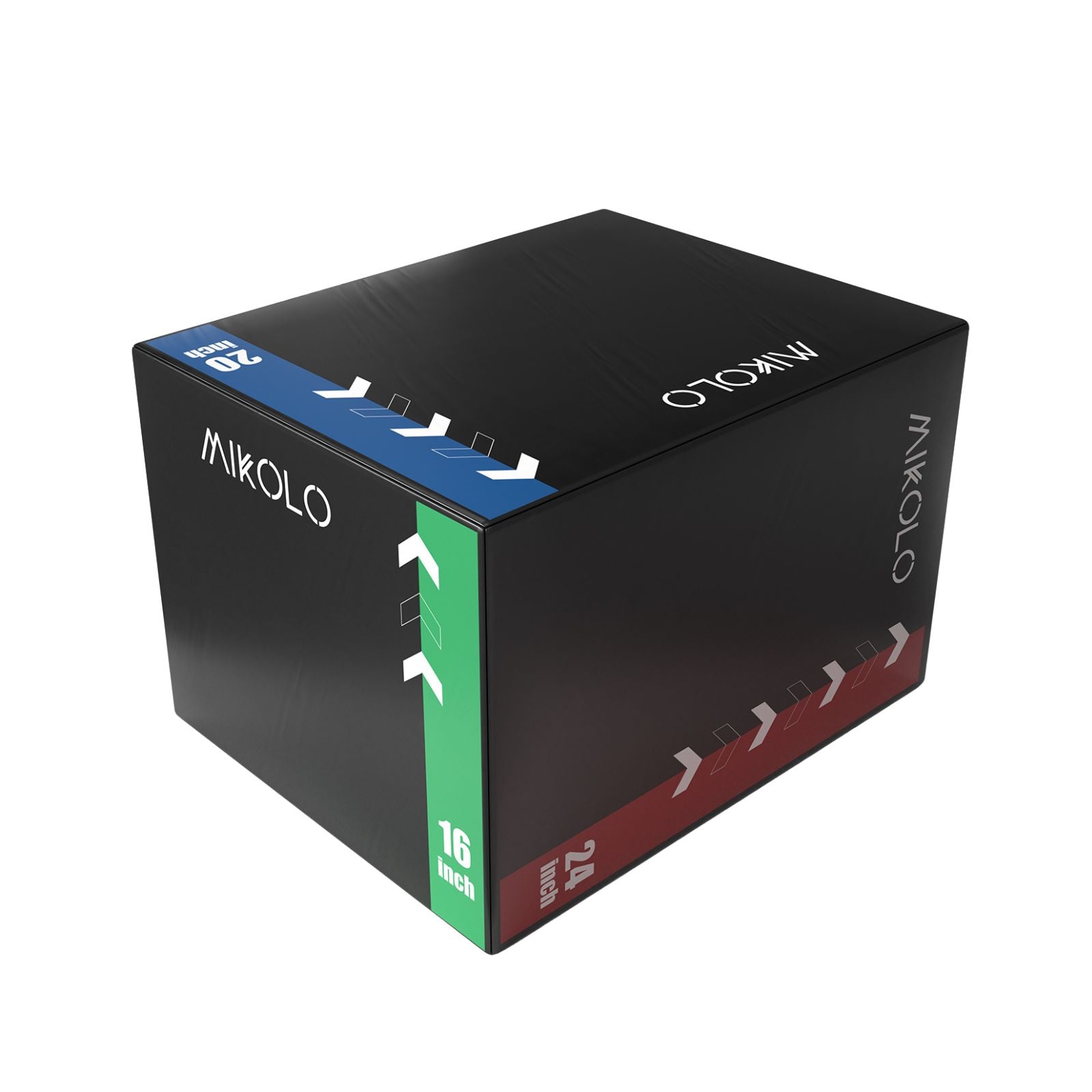
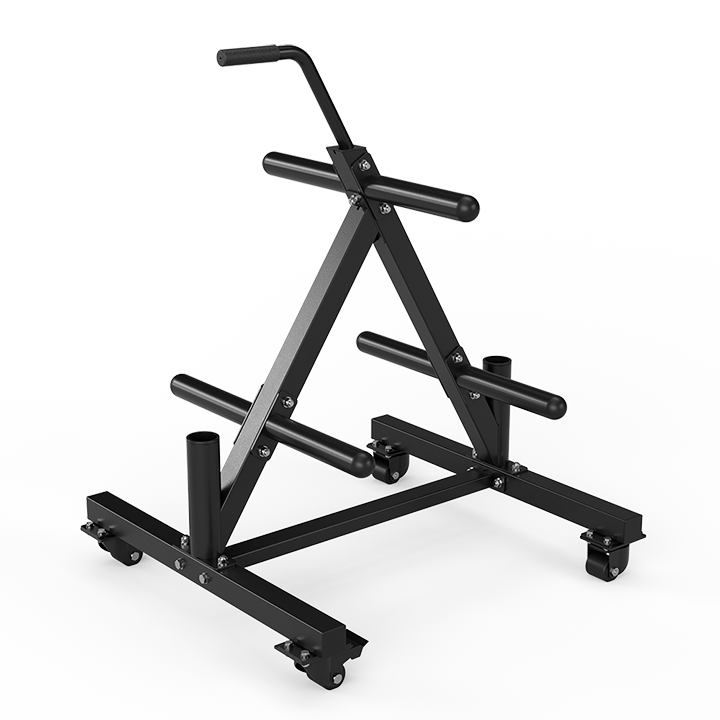
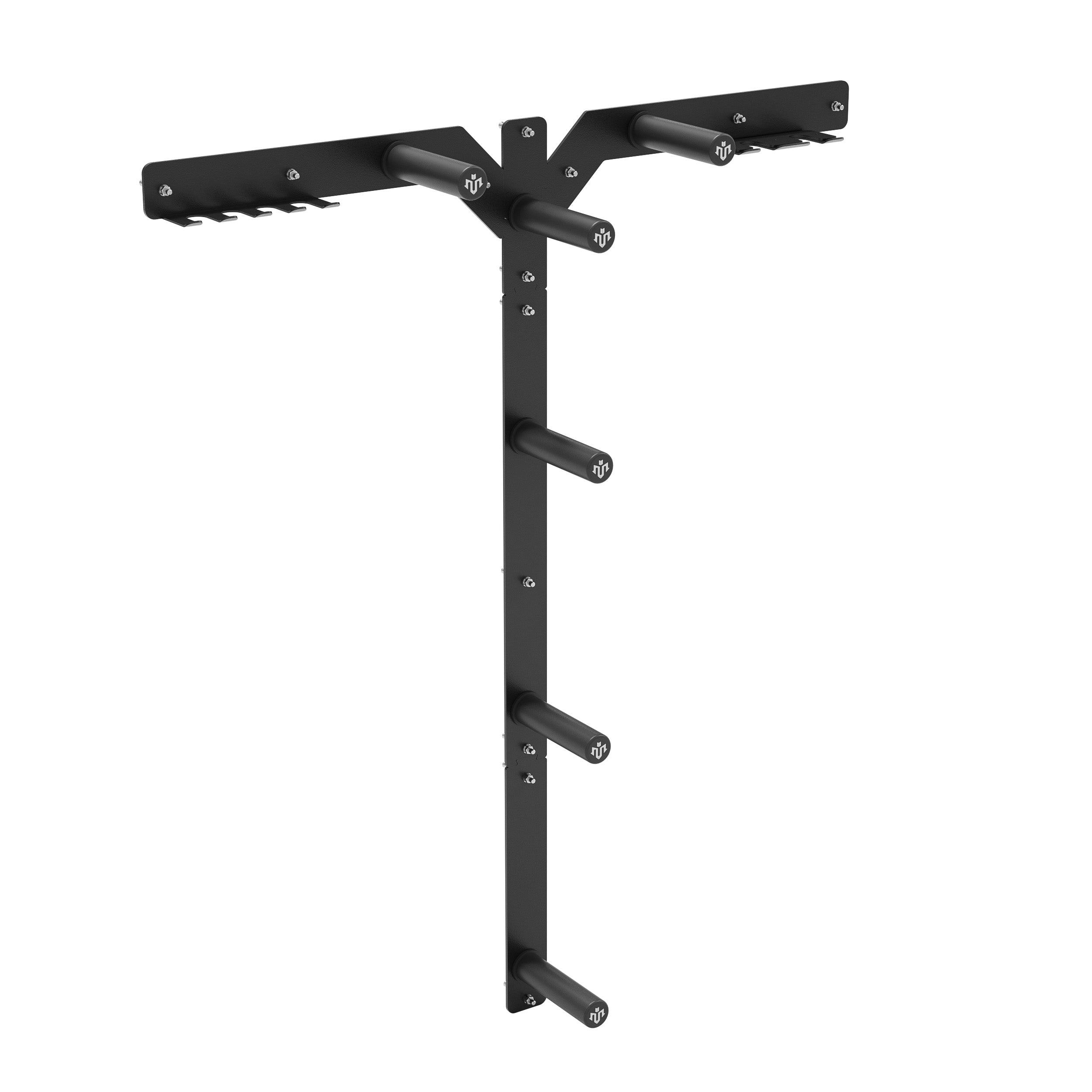




Leave a comment
This site is protected by hCaptcha and the hCaptcha Privacy Policy and Terms of Service apply.